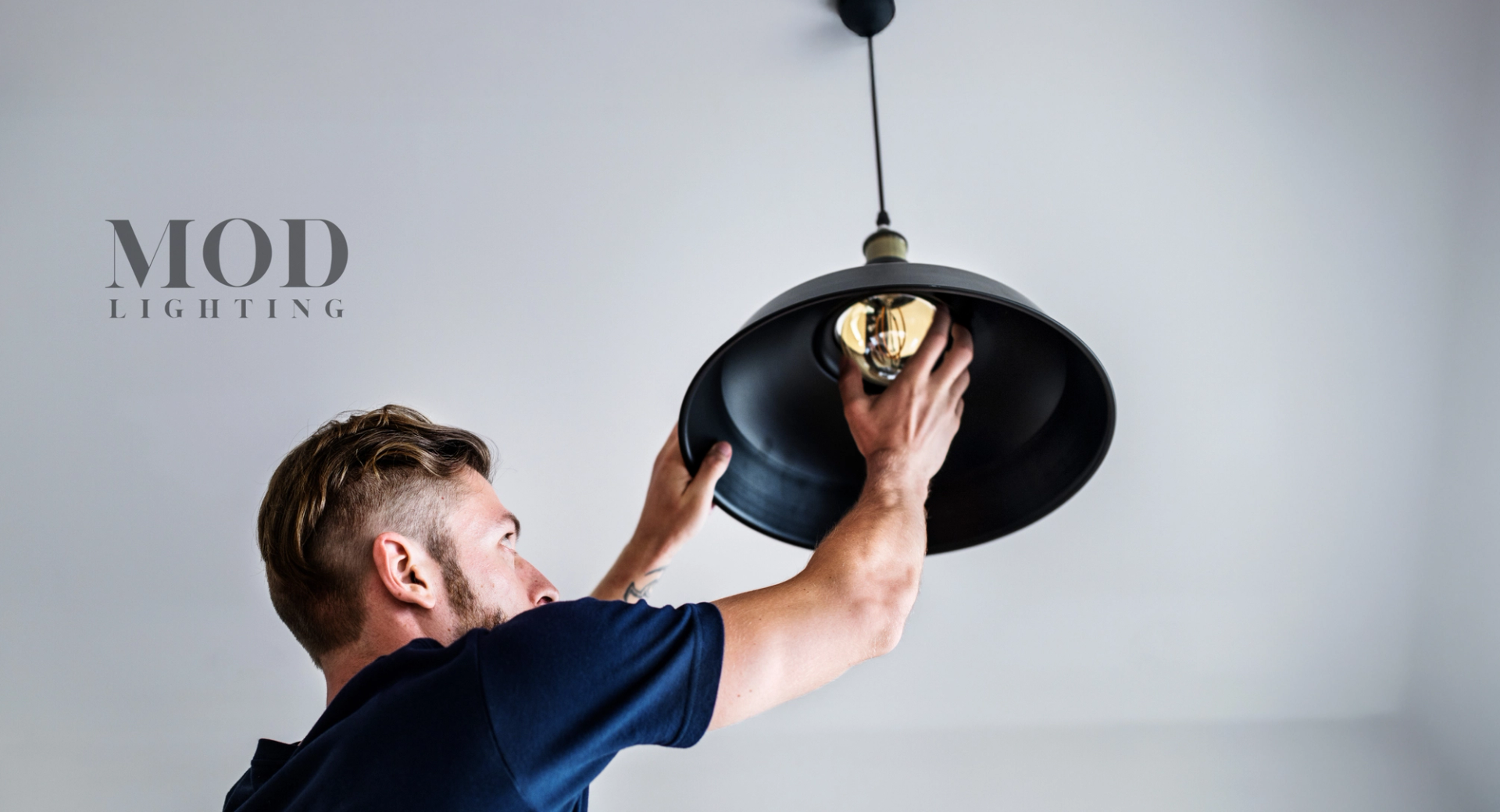
How to Dispose of Defective Light Fixtures
When a light fixture is no longer functional or doesn't fit your space, proper disposal is essential. Not only does it protect your safety, it also contributes to a more sustainable environment. Light fixtures are made of various components—glass, metal, wires, and sometimes hazardous elements like mercury—that require specific handling. This guide helps you dispose of them responsibly while exploring greener, smarter lighting options from MOD LIGHTING.
Understand the Components
Begin by identifying what your fixture is made of. Common parts include:
- Glass or acrylic shades
- Aluminum, brass, or steel components
- Electrical wiring
- Light bulbs: incandescent, fluorescent (CFL), or LED
Each of these should be separated before disposal.
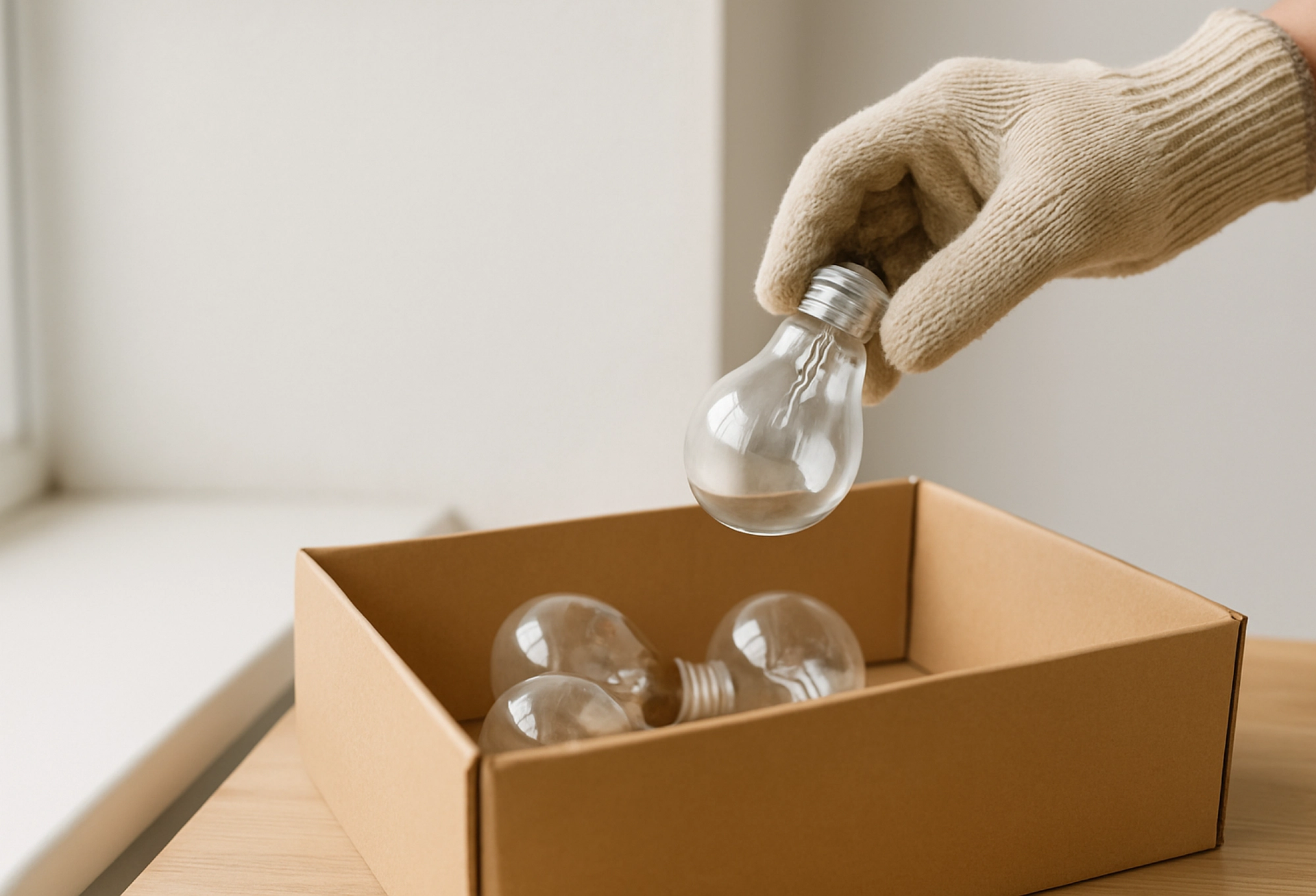
Step 1: Remove and Dispose of Light Bulbs Safely
- Incandescent and halogen bulbs can typically be placed in household trash, but wrap them to avoid breakage.
- CFLs and fluorescent tubes must be taken to a hazardous waste facility or a designated drop-off point due to their mercury content.
- LED bulbs, which contain circuit boards, are best recycled at electronic waste centers or participating retailers.
🛠️ Helpful resource: Find your nearest bulb recycling location via Earth911 Recycling Search
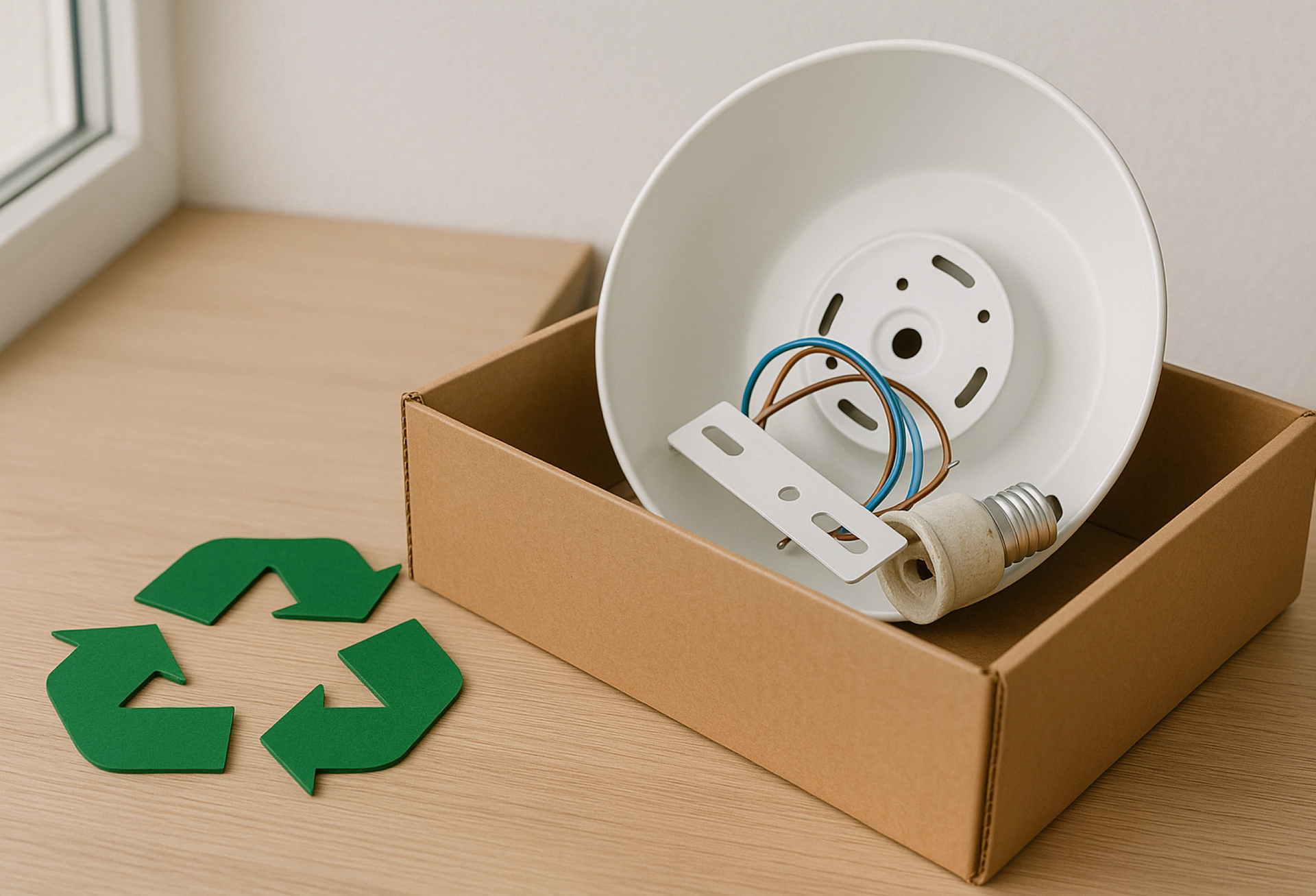
Step 2: Recycle Fixture Materials
Once bulbs are removed, break down the fixture:
- Detach any electrical wiring
- Separate glass from metal
- Recycle metals at a scrap yard or metal recycling center
- Check if your local recycling center accepts glass fixtures or parts
💡 Tip: Call your municipality’s waste department to see if they offer curbside bulky item pickup or e-waste drop-off events.
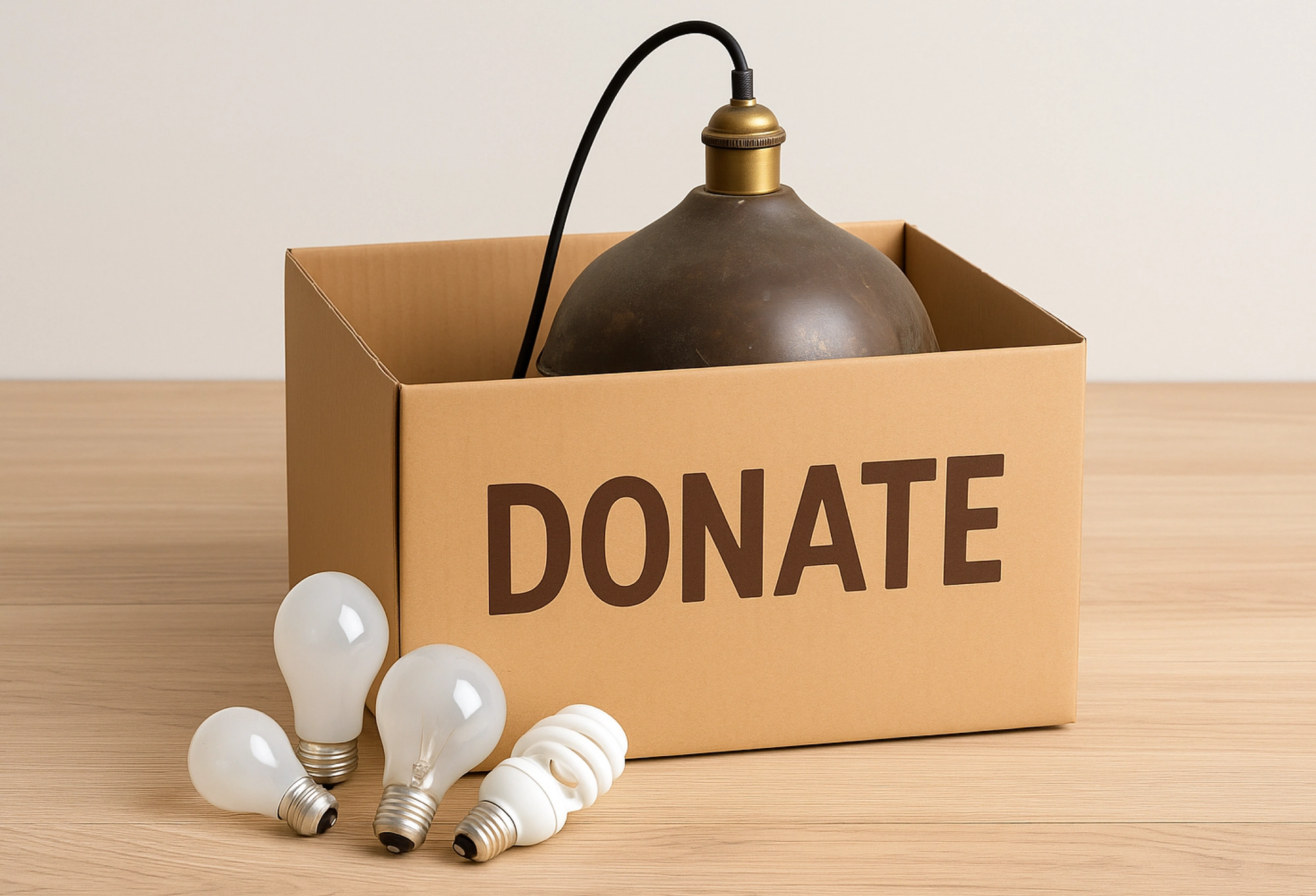
Step 3: Donate or Repurpose When Possible
If your fixture still functions or could be repaired, consider:
- Donating to a local charity shop, reuse center, or nonprofit organization that accepts lighting fixtures
- Posting it on community boards or sharing apps
- Repurposing parts—an old pendant shade can make a creative planter or centerpiece
This not only reduces waste, it gives your fixture new life.
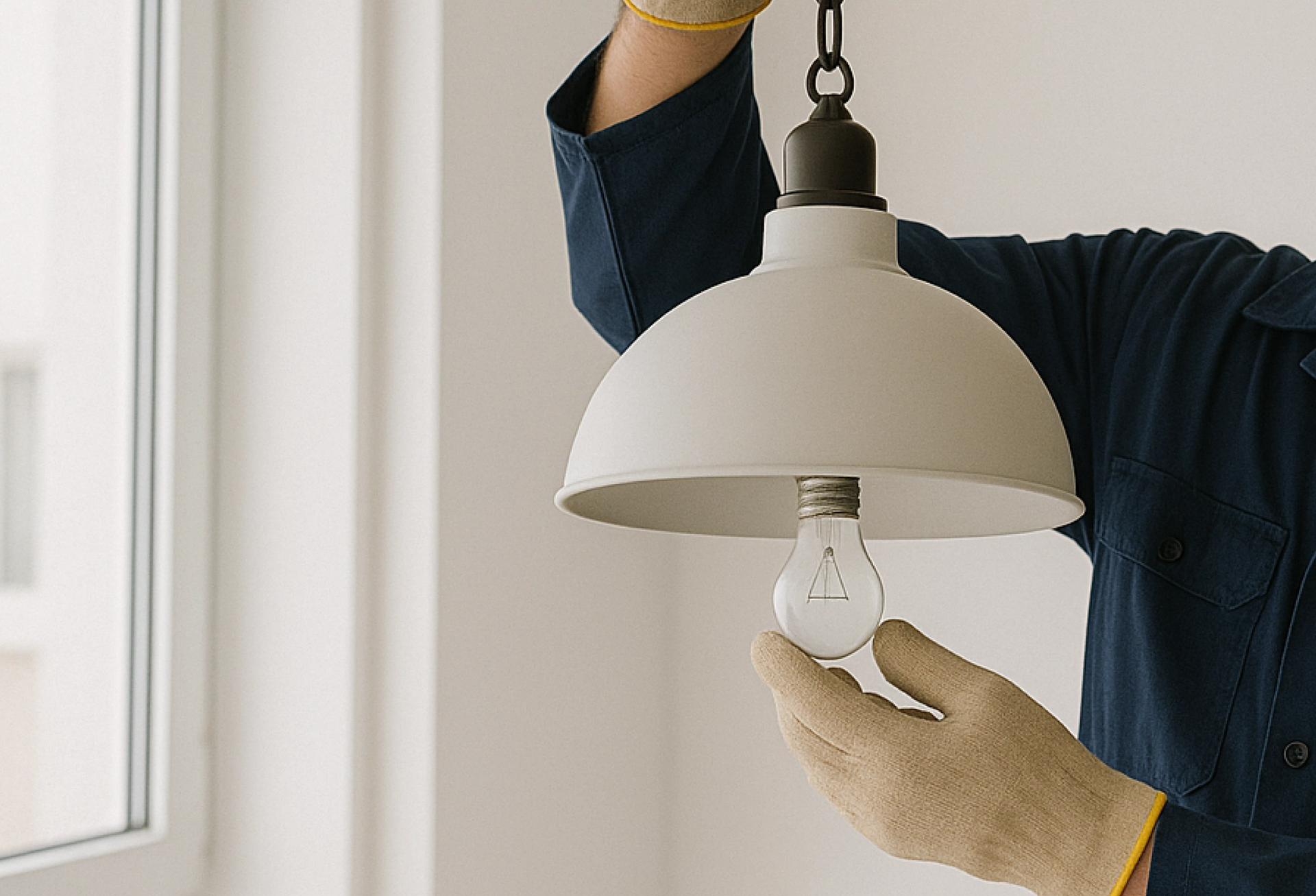
Step 4: Call a Pro for Large or Hardwired Fixtures
If the fixture is large, built-in, or connected to the electrical system, it’s wise to hire an electrician. They can safely uninstall it and may advise on recycling or removal services.
Step 5: Upgrade with Sustainability in Mind
After decluttering, elevate your space with modern lighting that reflects your values. MOD LIGHTING’s collections include energy-efficient, long-lasting fixtures crafted with premium materials and timeless design.
Explore minimalist pendant lights, sculptural chandeliers, or understated wall sconces—each curated to inspire and designed to last.
Quick Checklist: Light Fixture Disposal
- Remove all bulbs (recycle or dispose according to type)
- Separate glass, metal, and electrical parts
- Recycle parts at appropriate centers
- Donate usable fixtures or creatively repurpose them
- Call a pro for large or hardwired units
- Replace with sustainable, modern designs from MOD LIGHTING
Disposing of your old lighting doesn’t have to be a hassle. With these steps, you’ll lighten your environmental footprint while making room for better, brighter designs.
Explore MOD LIGHTING’s thoughtfully crafted collections for stunning, energy-conscious upgrades—and let us guide you to your perfect fit.



